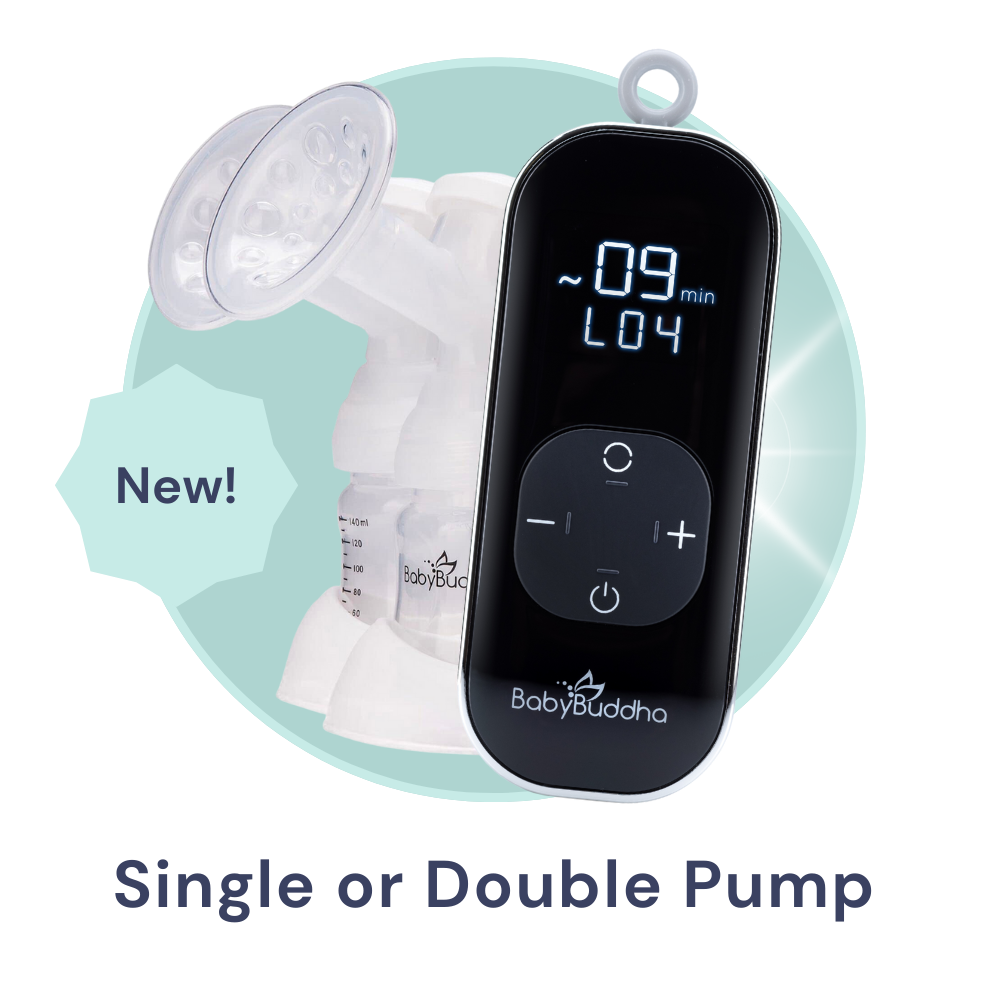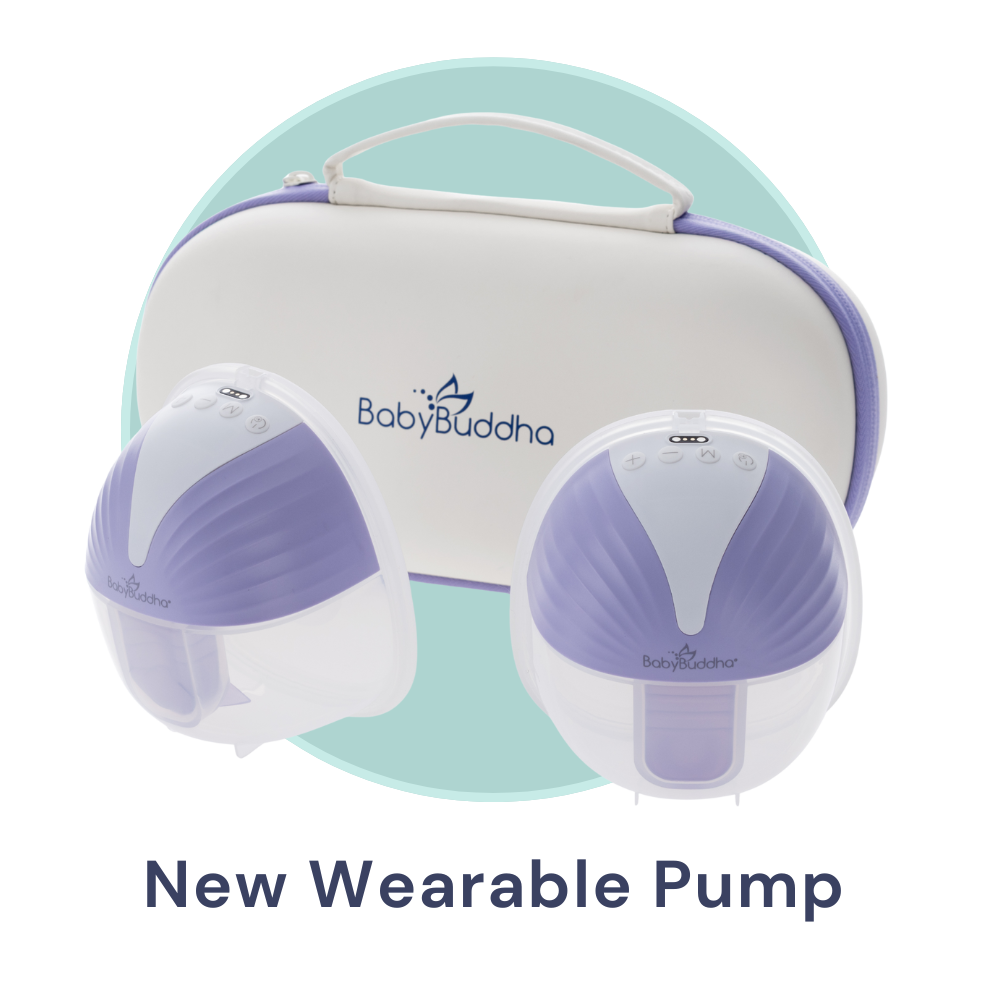Hey, Pumping Friend!
If you’ve already been pumping and things feel off—whether it’s discomfort, concerns with output, or just a general sense that something isn’t quite right—know that you’re not alone.
One of the most overlooked (but crucial!) things to a successful pumping journey is making sure you have a proper flange fit, and we’re here to help you navigate it!
So what even is a flange?!
Also known as a breast shield, a flange is the funnel-shaped part of a breast pump that fits over the nipple and areola. It connects to the pump's tubing or bottle and creates a seal against the breast to facilitate suction during pumping.
And, why is flange fit so important?
The right size flange not only makes pumping more comfortable but also ensures your milk flows efficiently and helps protect your supply over time. An improper fit can lead to pain, reduced output, and even issues like clogged ducts or mastitis. 😖
Important Note: Pumping should NEVER cause you pain! If it does, talk to an IBCLC (preferably a Pumpologist 😉) ASAP.
Here’s a little history: standard flange sizes, like 24mm and 27mm, have been the default for years. Surprisingly, these sizes are rumored to have roots in the dairy industry. But the reality is that our bodies are wonderfully diverse and come in all shapes and sizes!
It wasn’t until fairly recently that smaller sizes became available, finally reflecting the varied needs of pumping parents.
So now that moms have options, let’s walk through finding the right fit!
-
Stimulate the nipple gently, but do not pump before measuring.
-
Use a measuring tape or nipple sizing tool to measure the diameter of the nipple in millimeters. (You can find them on Amazon or download our printable nipple ruler here)!
-
Be sure to measure the nipple at the base, where it meets the areola. Do not include the areola.
-
Flange sizing isn’t an exact science. Once you have your measurement, you should try starting with the size closest to your nipple size and consider experimenting with the size above and the size below. You will find your “sweet spot” when you experience the greatest comfort and consistent + ample milk spray while pumping.
-
Purchase the appropriate flanges on our website or use flange inserts with our 24mm flanges to reach the correct size!
Here’s what to look for in a well-fitted flange:
-
Nipple is centered within the flange tunnel and moves freely while pumping.
-
Areola tissue is only slightly pulled into tunnel.
-
You feel no pain or discomfort.
-
Breast is drained completely after pumping session.
Signs your flange may be too small:
-
Nipple does not move freely within flange tunnel and rubs along tunnel wall.
-
You feel pain or discomfort, even on low suction.
-
Milk flows slowly or output is decreased.
-
Redness or discoloration occurs after pumping.
Signs your flange may be too big:
-
Excessive areola tissue is drawn into flange tunnel and rubs along tunnel wall
-
You feel pain or discomfort, even on low suction
-
The flange will not form a proper seal while pumping
It’s also important to note that each breast may require a different flange size, so measure both!
And…your flange size can change over time so it’s a good idea to periodically reassess your fit, especially if something starts to feel off.
✨Pro Tip ✨ If you find that your flange size isn’t offered, you can purchase flange inserts! But note that they are often only compatible with a 24mm flange. 💡
If you’ve done a fitting and are using what you believe are the proper flanges, but you find that you’re still struggling, trust your instincts. Seek help from an IBCLC, especially one who specializes in Pumpology and flange fitting.
And don’t be afraid to get a second opinion. A good lactation consultant will prioritize your comfort and success!
Pumping should work for you…not the other way around. With the right tools and support, you’ve totally got this!
✨ Follow along with all of our Pumpologist posts to keep learning and empowering your journey!








